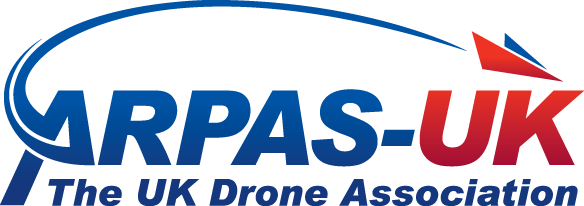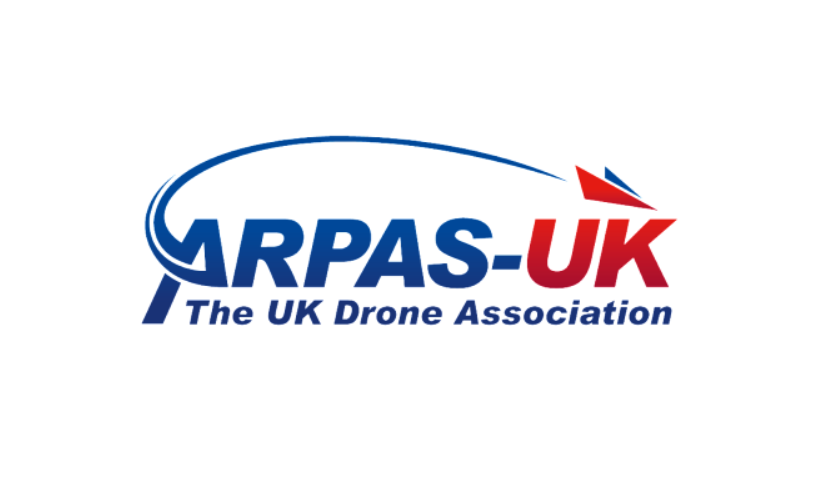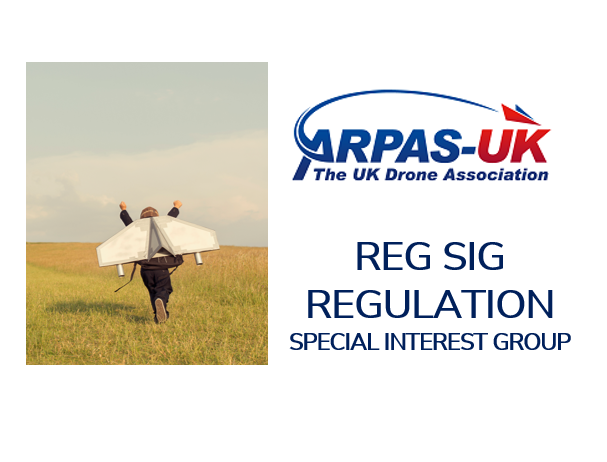We welcome the concept of having incremental levels of Remote Pilot Competence as more complex operations become routine.
The definition of BVLOS is not included. It would be useful to do so.
# RPC Level 1:
There is little/no? difference in the privileges with the GVC. Therefore, it should just be acknowledged that it would eventually replace the GVC. RAEs will probably stop offering the GVC if/when RPC L1 is in force.
Having said that, it is essential that current GVC holders do not have to redo (and pay) for training to get a RPC Level 1.For example, it could be valid until the same revalidation period as RPC L1. It might be the rationale for the comments collected during the initial consultation that the GVC should remain in parallel to RPC L1 even though there is little difference between them.
Also, a number of OSC holders today have permission to fly BVLOS with visual mitigation. Remote pilots have GVCs, and have accumulated experience to support that permission. The RPC L1 mentions BVLOS is prohibited, which should be amended so that BVLOS with visual mitigation airspace observers ex EVLOS etc are part of the privileges of RPC L1 holders.
RPC Level 1 should not enter into force on its own, it would be better if it enters into force with the RPC L2 Atypical for example, else the industry could consider it as regulatory changes and cost of compliance with no benefit (same privilege as GVC).
RPC Level 1 Advanced with additional privileges wrt ground risk or other practical market needs?
The levels are structured around incremental air risk, and does not mention ground risk. Yet, depending on the UK SORA version, the market could need training specific to reduced distances from uninvolved people, or flying in higher density areas, if it is not covered in RPC Level 1.There could be other training curriculum needs that deliver market value before considering the big jump to RPC L3, for example in the survey, inspection, search and rescue and mid-range delivery spaces if they are not adequately covered by L1 and/or L2.
# RPC Level 2:
The privilege is to fly in ARC-a, i.e. in Atypical Air Environment. You should specify “BVLOS” in ARC-a.
It would make sense to review the training curriculum with the final AAE policy currently under consultation so that both go hand in hand.
The entry point should be holders of RPC L1 and/or GVC holders.
# Collecting feedback from industry on Level 1 and Level 2: DISCO and RAE workshops
The feedback we received is that the L1 and L2 training curriculum are going in the right direction, but it would be more efficient to get industry feedback either through DISCO meetings or workshops with RAEs.
We actually strongly recommend an RAE workshop to try to work the syllabus through, using the wealth of experience available between the RAEs. It would be less formal and time-consuming than a written consultation, and would facilitate discussions. We understand that some parties selected for the DISCO project were contacted, others not.
If not via DISCO, why not via an equivalent of the FAA’s ARC Committee?
# Revalidation, renewals
We recommend that the specifics of revalidation are mandated across all RAEs and consistent, rather than each RAE making a case-by-case assessment. So that the revalidation has the same value, and an RP can change RAE over his/her career.
# Simulation
The specifics around simulation should be detailed, as this is new to the industry (vs GVC).
# RPC Level 3
The privilege is to fly BVLOS in ARC-b.
Until the UK SORA is adopted, it can be premature to launch a training programme since we don’t know what the actual regulatory framework will be. We don’t know the requirements for sharing airspace (like the specifics of EC mandated or not, FIS provision requirements etc).
RPC L3 curriculum should respond to the question: what additional RP training is required to fly in non segregated airspace ARC-b (vs L2 atypical) where there will be other airspace users? in BVLOS with a fully automated system, with different ways to identify and deal with abnormal situations ( deep mechanical and technical engineering is probably of little use to the RP when dealing with an emergency situation), flying sub 120m, with different ways and technologies to perform Detect and Avoid…. and not assuming the RP is actually manually piloting, detecting with his/her own eyes and ears, flying at higher altitudes in the clouds etc.
These simple questions do not appear to be the driver in the curriculum described in Appendix B . Instead, it seems to be a copy-paste from a PPL documentation with a serious amount of completely irrelevant items, whereas the key questions do not appear to be well answered.
We recommend scrapping Appendix B for L3+ altogether, and start instead with a relevant basis. We are not aware of a BVLOS training programme by other aviation authorities, but there are internal training courses by RAEs, operators, and OEMs including for military / large platform OEMs. The BVLOS Sandbox participants likely have internal training programmes, or have a good view of what they expect from the RP. Why not leverage those as a starting point?
The number of hours of practical training (55 hours) should be justified through evidence, and ensure the source is not a copy-paste from a PPL requirement.
Starting level 3, there should be mandatory type-specific training delivered by the OEM or an entity designated by it, or an RAE or an RAE-F that would replace the AGK curriculum section in Appendix B.
Starting level 3, you could/should consider a standard training curriculum for the Operator’s Accountable Manager, and the Training Instructor – proportionate to the mission at hand. The point would not be to request drone BVLOS operators to put in place a heavy structures like airlines, but to standardize the training of those 2 key roles.
# RPC Level 4
What if the most important question becomes the RP competency to manage/oversee multiple fully-automated drones, with a high level of safety, considering in a 1:30 ratio – rather than IFR rules?
Are we sure we need a 4th level, and/or do we have a good view of what additional training would be required vs L3 at this stage? Do we need to define all levels at once? May the most practical is to start by Atypical PRC L2 in conjunction with the AAE policy first, learn from it then move to the next level.









